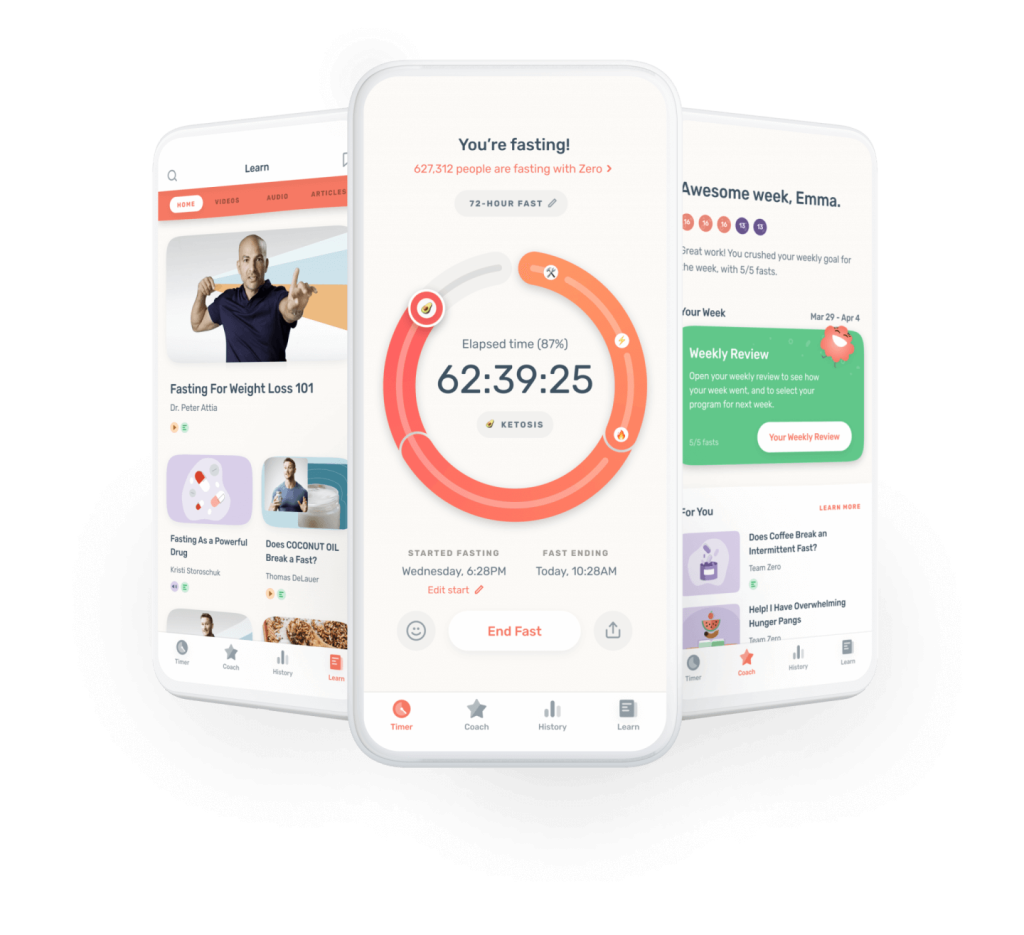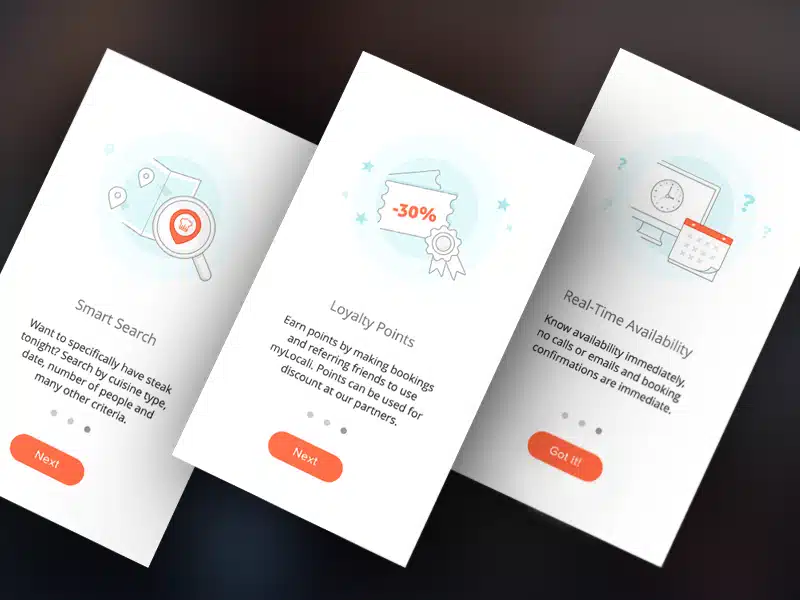Introduction
In the highly competitive world of mobile applications, success hinges on your ability to engage and retain users right from their first interaction with your app. This pivotal process, known as mobile app onboarding, sets the stage for user adoption and is a crucial component of mobile app optimization. In this comprehensive guide, we will delve into the strategies and best practices for optimizing your mobile app’s onboarding process to enhance user adoption with effective mobile app onboarding techniques.
The Importance of First Impressions
The onboarding process is often the first point of contact between your app and its potential users. It’s a unique opportunity to make a lasting impression. A well-structured onboarding experience can significantly reduce abandonment rates and foster a deeper understanding and appreciation of your app’s value proposition.
Setting the Stage for Long-Term Engagement
Effective onboarding goes beyond initial app tutorials. It’s about creating a journey that guides users towards becoming engaged and loyal customers. By strategically leveraging mobile app optimization techniques, you can ensure a smoother, more intuitive, and rewarding onboarding experience.
Crafting an Intuitive Onboarding Flow for Mobile App Optimization
The cornerstone of mobile app optimization is creating a mobile app onboarding flow that is not just informative but also intuitive and user-friendly. The goal of mobile app onboarding is to make the learning curve as gentle as possible, thus encouraging continued use and deeper engagement.
Simplifying User Interface
An overly complicated user interface can be a major hurdle in user adoption. Streamline your onboarding process by eliminating unnecessary steps and focusing on essential functions. This simplicity helps users to quickly understand how to use your app, increasing the likelihood of adoption.
Personalizing the Experience
Personalization can significantly enhance the onboarding experience. By tailoring the process to the individual user’s preferences and behavior, you can make the app more relevant and engaging, which is a key aspect of app optimisation.

Utilizing Feedback Loops to Enhance User Adoption
Incorporating feedback mechanisms within your app is a vital strategy for mobile app optimization. Feedback loops help you understand user behavior, preferences, and challenges, allowing you to refine the onboarding experience continually.
Encouraging User Feedback
Make it easy for users to provide feedback during and after the onboarding process. This direct line of communication can yield valuable insights into what works and what doesn’t, enabling continuous improvement.
Analyzing User Interactions
Use analytics tools to track how users interact with your app during onboarding. This data can help identify pain points and areas for improvement, further boosting user adoption.
Leveraging Educational Content for App Optimisation
An effective way to optimize your mobile app’s onboarding process is by incorporating educational content. This can range from simple tutorials to more comprehensive guides and FAQs.
Making Learning Engaging
The educational content should be engaging and easy to digest. Interactive tutorials or gamified learning experiences can make the learning process more enjoyable and effective.
Continual Learning Opportunities
Beyond initial onboarding, provide opportunities for users to learn more about advanced features or updates. This ongoing education can enhance user engagement and retention.
The Role of Incentivization in Mobile App Onboarding
Incentives can be a powerful tool in encouraging users to fully engage with your app during and after the mobile app onboarding process. Rewards for completing mobile app onboarding steps or exploring certain features can significantly boost user adoption.
Gamification Strategies
Incorporate elements of gamification such as points, badges, or levels to make the onboarding process more engaging and rewarding. This approach can lead to higher engagement and retention rates.
Offering Tangible Rewards
Consider offering tangible rewards, such as discounts or premium features, to users who complete the onboarding process. This can motivate users to fully engage with your app and explore its capabilities.

Continuous Improvement through A/B Testing
A/B testing is a crucial component of mobile app optimization. By testing different versions of your onboarding process, you can identify what resonates best with your audience and make data-driven improvements.
Experimenting with Different Approaches
Try different onboarding styles, layouts, and content to see what works best. Continuous experimentation allows you to refine the user experience constantly.
Using Data to Drive Decisions
Leverage the data from A/B tests to make informed decisions about your onboarding process. This data-driven approach ensures that your app is always evolving to meet user needs and preferences.
The Impact of Technical Performance on User Adoption
Technical performance plays a significant role in the success of your mobile app’s onboarding process. Slow load times, crashes, or bugs can quickly deter new users.
Ensuring Stability and Speed
Focus on optimizing the technical aspects of your app to ensure a smooth, fast, and reliable onboarding experience. A technically sound app is more likely to retain users.
Regular Updates and Maintenance
Regularly update and maintain your app to fix bugs and improve performance. This not only enhances the user experience but also shows your commitment to quality, fostering user trust and loyalty.
Integrating Social Proof to Build Trust
Social proof, such as user testimonials or ratings, can be a powerful tool in the onboarding process. Seeing positive feedback from other users can encourage new users to continue with the app, trusting that they will have a similar positive experience.
Showcasing User Success Stories
Highlight success stories or positive reviews during the onboarding process. This can reassure new users of the app’s value and effectiveness.
Leveraging Social Media Integration
Integrate social media platforms to allow users to see how their friends or connections are using the app. This social aspect can create a sense of community and trust, further enhancing user adoption.

Prioritizing User Security and Privacy
In today’s digital age, users are increasingly concerned about their privacy and security. Addressing these concerns during the onboarding process can play a significant role in user adoption.
Transparent Privacy Policies
Clearly communicate your app’s privacy policies and security measures during the onboarding process. Transparency in these areas can build trust and reassure users about the safety of their data.
Offering Customizable Privacy Settings
Allow users to customize their privacy settings during onboarding. This level of control can make users more comfortable and willing to engage with your app.
Conclusion
Optimizing the mobile app onboarding process is a critical step in ensuring the success of your mobile app. By focusing on user-friendly design, feedback loops, educational content, incentivization, technical performance, social proof, and security in your mobile app onboarding strategy, you can significantly enhance user adoption.
Emphasizing Continuous Evolution
The world of mobile apps is constantly evolving, and so should your onboarding process. Stay abreast of the latest trends and user preferences, and be willing to adapt your strategies accordingly.
Building a Foundation for Long-Term Success
Ultimately, the efforts you put into optimizing your app’s onboarding process lay the foundation for long-term user engagement and loyalty. By prioritizing the user’s experience from the very beginning, you set your app up for sustained success in the competitive mobile app market.
What is Mobile App Onboarding and Why is it Important?
Mobile app onboarding refers to the process through which new users get introduced to an application. It’s the first series of interactions a user has with an app, including tutorials, sign-up processes, and initial app setup. The importance of mobile app onboarding lies in its ability to significantly impact user adoption and retention. Effective onboarding can enhance user understanding and appreciation of the app, reduce abandonment rates, and set users on the path to becoming engaged and loyal customers. It’s a critical step in ensuring a positive first impression and long-term engagement with the app.
How Can I Optimize the Onboarding Process for My Mobile App?
To optimize the onboarding process for your mobile app, focus on creating an intuitive and user-friendly flow. This includes simplifying the user interface, personalizing the experience, and using feedback loops to continually refine the onboarding process. Additionally, integrating educational content, incentivization strategies, and A/B testing can further enhance the onboarding experience. Pay attention to technical performance, ensuring your app is fast, reliable, and bug-free. Regular updates, integrating social proof, and prioritizing user security and privacy are also key components of an effective onboarding strategy.
What Are the Common Mistakes to Avoid During Mobile App Onboarding?
Common mistakes in mobile app onboarding include overwhelming users with too much information at once, a complicated or non-intuitive user interface, and not providing clear guidance on how to use the app. Neglecting personalization and failing to address user security and privacy concerns can also hinder the onboarding experience. Additionally, ignoring user feedback and not regularly updating the onboarding process based on evolving user needs and preferences can lead to decreased user adoption and retention. Avoiding these pitfalls is crucial for creating an effective and engaging onboarding experience.


